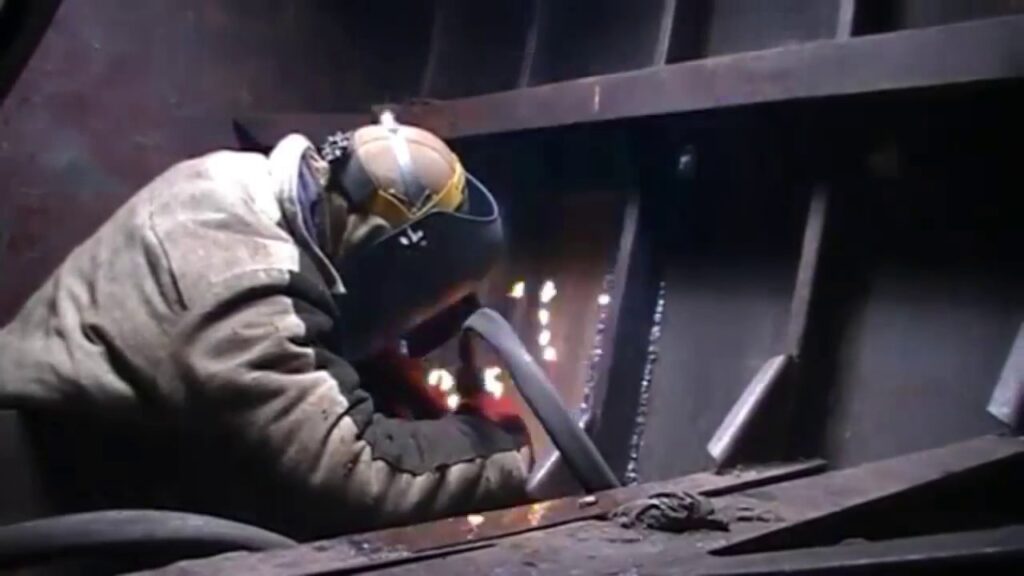Metal Fabrication and Welding
If one has limited knowledge of precision metal fabrication processes, the terms welding and metal fabrication can seem interchangeable. However, they are very distinct from each other. Welding is simply joining two pieces of metal together by melting the joint, while metal fabrication is an entire process that takes the raw material and turns it into a finished product.

Metal fabrication is a broad process with applications in virtually every industry from aerospace engineering to food service. Machinery, railings, door hinges, food processing and production line equipment, and much more are made by fabricating metal.
Because there are so many different types of metal materials and ways they can be used, the process of fabricating various metal products requires the use of many different processes and tools. Metal fabricators have a lot of different tools at their disposal, including but definitely not limited to welding. Most metal fabrication shops can do anything from designing the end product and creating it, to cleaning and maintaining it.
ProcessesThe metal fabrication process includes designing, cutting, bending, coating, heat or chemical treatments, assembling (which includes welding), and maintenance.
First, any metal fabrication project must be designed and prototyped. After a working prototype is made, the creation process begins. To achieve the desired shape, the raw sheet metal is cut using one of several methods; laser cutting and traditional shearing with machinery are popular choices. Then, the metal must be formed or bent into the correct shape using a forging press, a punching press, or a number of other hydraulic or mechanical presses. After that, assembly is required. This is where welding and various other assembly methods come into play.
Welding
Welding is a metal fabrication technique that is used alongside all of the aforementioned techniques as part of the metal fabrication process. Simply put, it is melting two pieces of metal together using a very concentrated heat source. The metal runs into each other and then cools, forming a fused joint. There are many different types of welding, but only four are commonly used: MIG (gas metal arc welding), TIG (gas tungsten arc welding), flux-cored arc welding, and stick.
MIG welding uses an electrical arc between the metal and an electrode to generate heat that melts the metal. A wire is fed through the welding gun and as it melts, it deposits onto the joint to fuse the pieces together. TIG welding is similar in that it uses an electrical arc, but it directly joins the two metal pieces together instead of using a feed wire. Flux-cored arc welding uses a continuously fed tubular electrode, typically with a core of some kind of powdered metals and mineral compounds. Stick welding is the most widely used welding process. It uses a continuously fed rod that is coated with mineral compounds and binding agents, and is supplied with an electric current to melt it and deposit it onto the joint.
ConclusionAs you can see, welding and metal fabrication are not the same thing. Welding is a technique used in metal fabrication, which can be a fairly complex process. In addition, welding itself is a process that has its own nuances.



